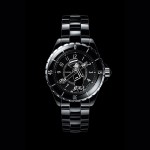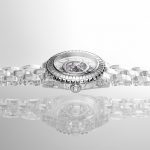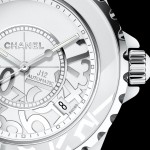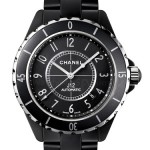Chanel Watch Design Chief on Reimagining the J12
Arnaud Chastaingt explains his muse.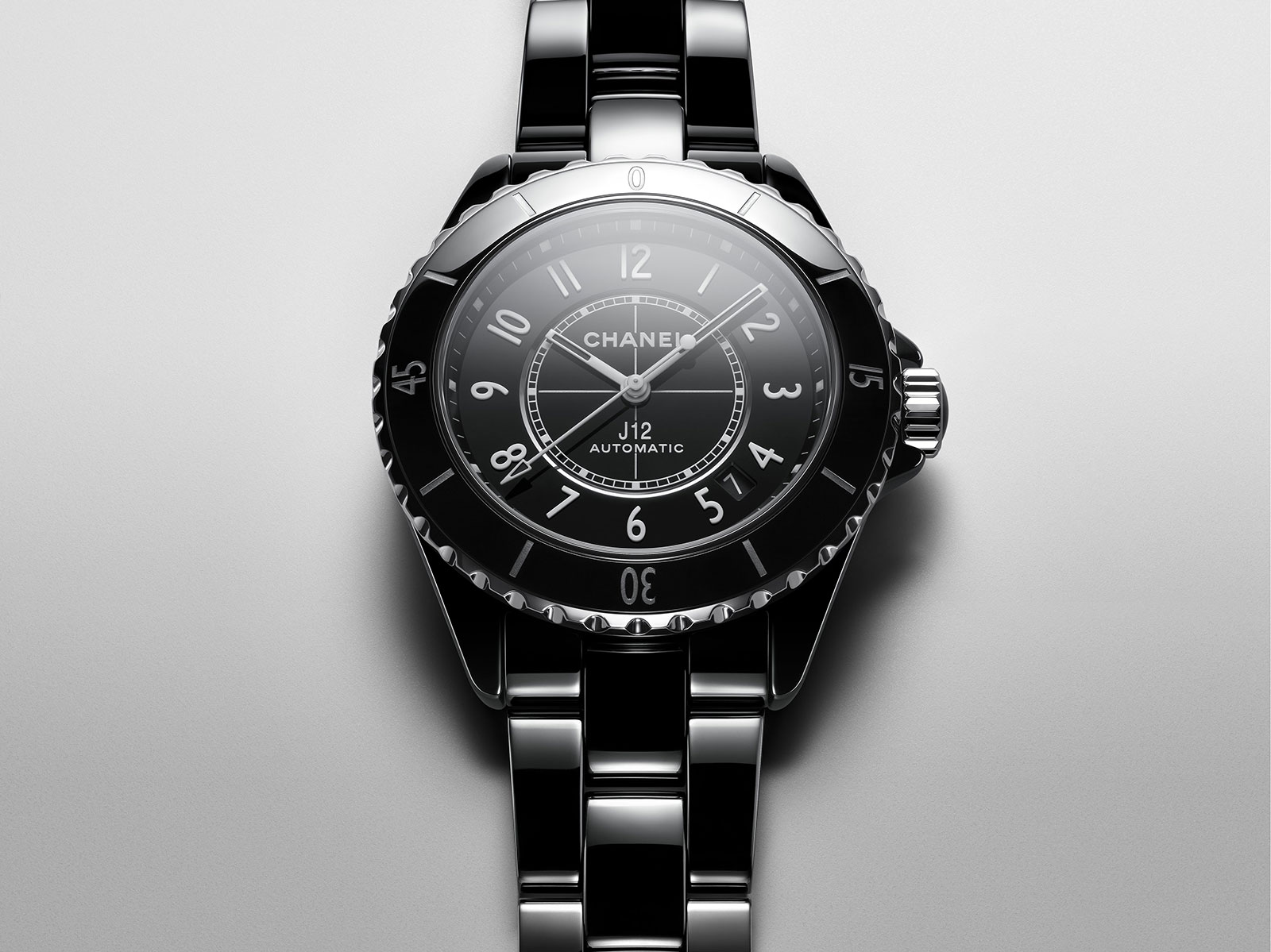
Perhaps the most successful ladies’ watch design of the 21st century, the all-ceramic J12 made Chanel a significantly player in watchmaking. After a run of nearly 20 years, the first generation J12 finally bowed out at Baselworld 2019, where it was replaced by the new J12.
Possessed of not just a new design, but a “manufacture” movement produced by a joint venture of Chanel and Tudor, the new J12 is a major event for Chanel not just because it will sell in vast numbers, but because it’s the first entry-level watch powered by proprietary movement.
The man behind the revamp of Chanel’s star wristwatch is Arnaud Chastaingt, a modest man with a keen eye for detail who leads the Chanel Watchmaking Creation Studio. A graduate of two Paris-based design schools, the École des Arts Appliqués and Strate School of Design, Mr Chastaingt spent a decade styling watches at Cartier before joining heading across the city to Chanel.
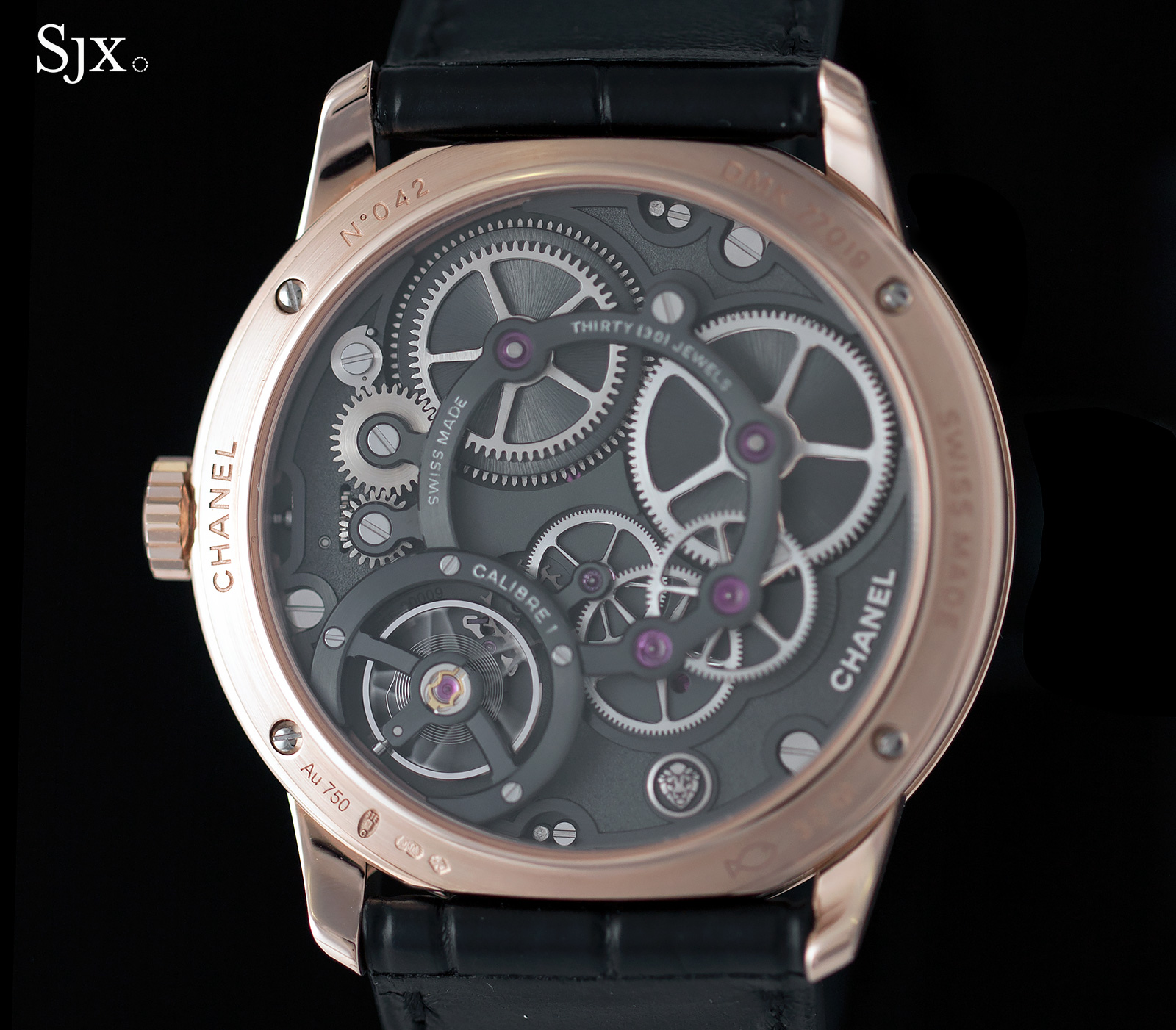
The Calibre 1 inside the Monsieur de Chanel
Since starting at Chanel in 2013, Mr Chastaingt has overseen a slew of new designs, most notably the brand’s first in-house, high-end men’s watch, the Monsieur de Chanel (which really impressed me at its launch).
Unlike most watch designers, Mr Chastaingt oversees the design of the entire watch, including the movement, explaining why Chanel’s own movements share a distinctive house style centred on repeating circles.
I recently spoke with Mr Chastaingt explain the genesis of the J12. He was dressed head to toe in black, but spoke keenly and incisively about the finer details of design. Our conversion that revealed the tremendous effort that went into the redesign. From sharpening the typography to redoing the case structure, no element was spared, yet the watch retains its signature look.
The interview was edited for clarity and length.
Into watch design
As you may know I am not the creative father of the J12; it was created by Jacques Helleu in 2000.
In 2000, I was 20 years old, in design, and I just arrived in Paris and had a crush on the J12. It was more than a crush; it was a revelation for me.
In 2003, I started my career at Cartier. At that time, I knew nothing about watches. I was more interested in fashion.
I was more creative in the first year of my career because when you don’t have technical knowledge, you can be absolutely free. I didn’t enter the watch world through the same door like other designers.
Watches weren’t my obsession; design was more important to me. And it’s true that I fell in love with Cartier. I have a real love for the brand. I worked on classical watches as well as high jewellery watches. It was an amazing experience.
And I was ready to leave Cartier for one brand, and only one, which was Chanel. It was a dream come true for me in 2013.
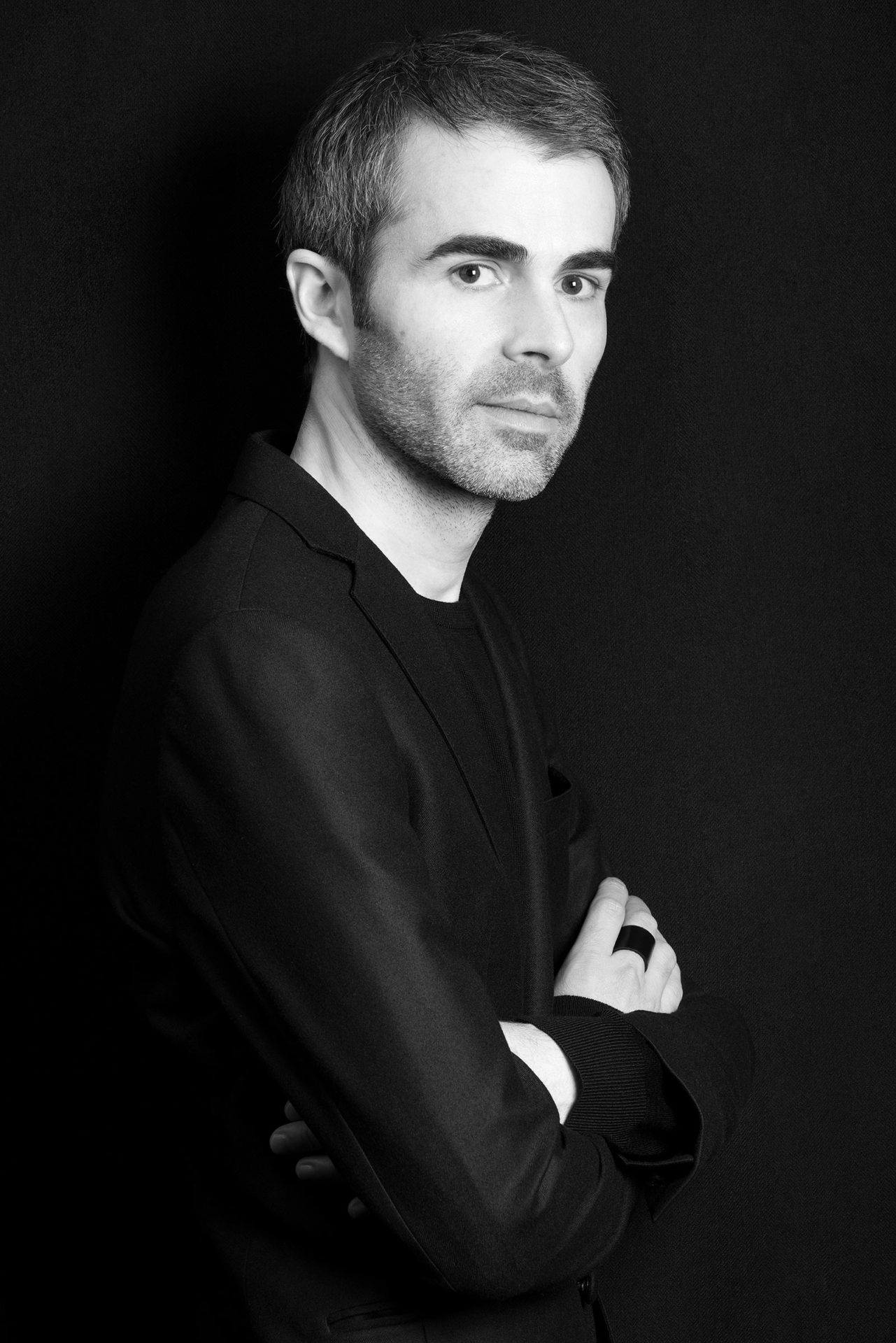
Arnaud Chastaingt
Taking one’s time
The J12 became my muse. It was a huge responsibility to have a muse like the J12.
When I started working for Chanel, I didn’t want to touch the original design. I needed time and Chanel is a company that has time.
I really wanted to approach the J12 with the same audacity and liberty I felt when I saw the watch for the first time. So I made a deal with the watch; I created special editions and capsule collections such as the Mademoiselle J12 and the J12 XS, which was a very small J12 that I put on a ring, on gloves.
I really needed to have that kind of experience to really understand the J12. One day my face-to-face with the J12 would arrive.
Rethinking the J12
And of course, the project began four years ago. I found that I was ready for this exercise, and I had two options.
The first one was to change everything. At first I wanted to change everything, and I tried I change everything. But I quickly understood that the original design was close to being perfect.
The other option for me was to change nothing, and my only job would be to create a variation like the Mademoiselle.
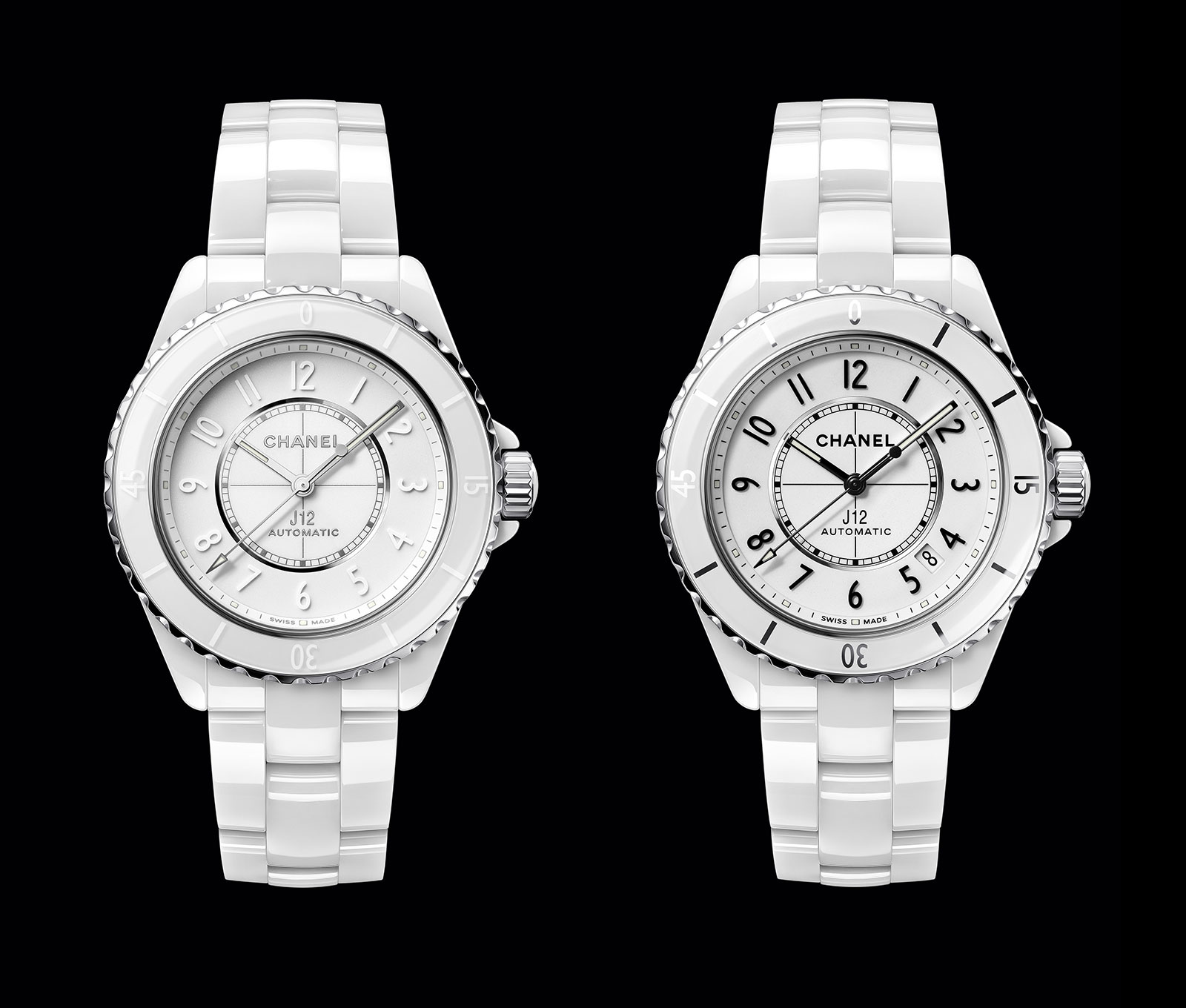
The new J12 Phantom (left) and J12
But my final choice was to change everything without changing anything. I know it’s a little bit abstract.
My aim wasn’t to create revolution, but an evolution. And that’s why it was important for me to work more like a surgeon than a designer. When it comes to a project like this, humility is important. You have to put your creative ego aside and focus on the icon.
My job in this project was to try to keep the DNA of the watch. There were details I needed to change and develop. I knew the strengths of this watch, and the weaknesses. When I speak about weaknesses, I mean the [technical] weaknesses today, because this watch is close to 20 years old.
The nuts and bolts
I changed 70% of the components in comparison to the original design. One important point of this project is that the new J12 is equipped with a new calibre.
The new calibre is thicker than the original one. It’s only 1mm thicker, but 1mm in a watch could be very important so I spent a lot of time finding a good proportion for the watch to keep the original ergonomics and lines. That is why I chose to have a one-piece ceramic case and to have the sapphire glass attached to ceramic back.
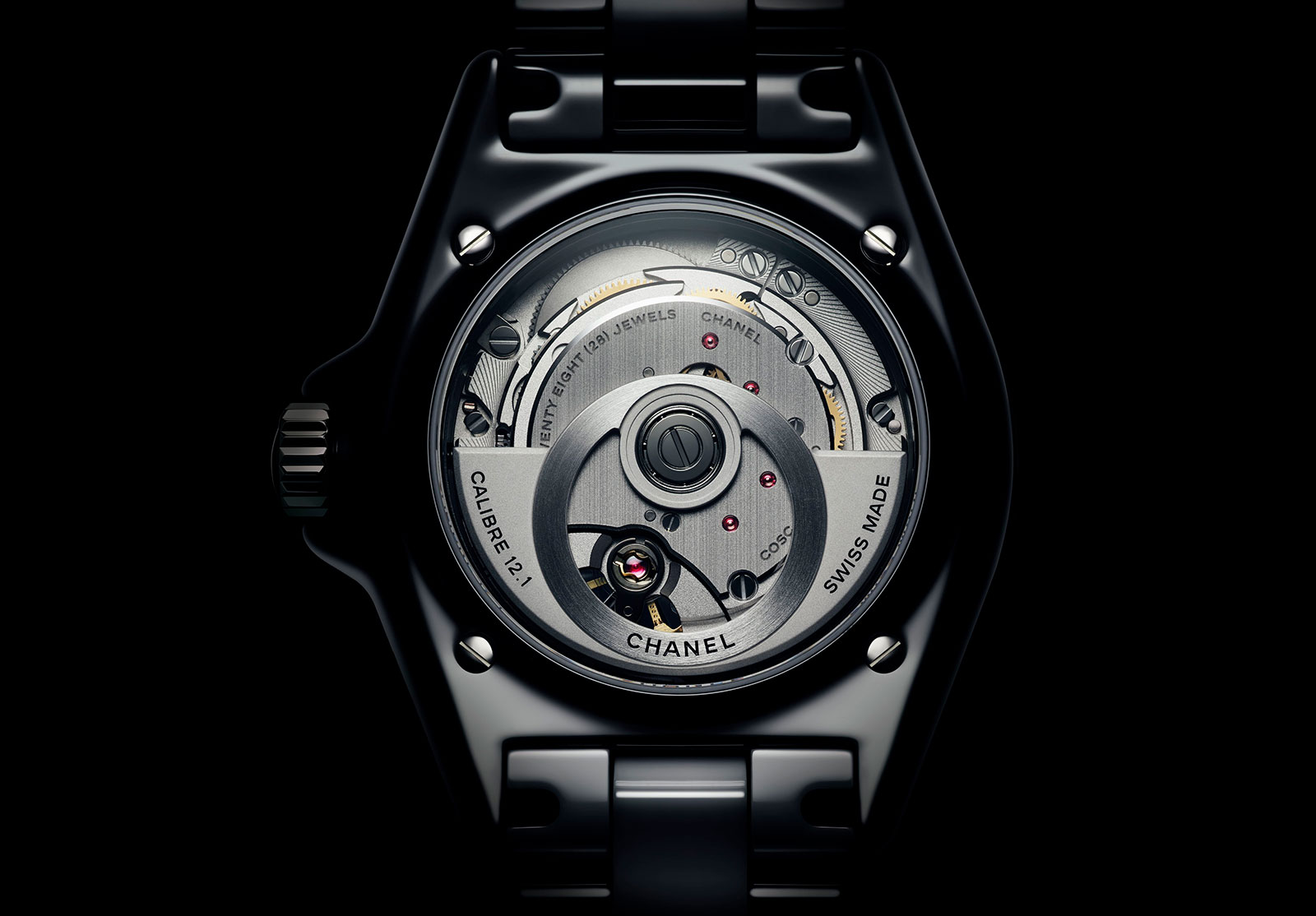
The Calibre 12.1 with the circular rotor
One point was important for me when it came to the movement was the design of the rotor. I didn’t want the classical rotor that you can find on 99% of watches. I wanted the movement to be immediately recognisable as the Chanel Calibre 12.1.
Why the circle? It’s because when I started in Chanel haute horlogerie, I wanted to create a graphic symbol and the round form was one of the details that I had on the Calibre 1, 2 and 3. It was the signature for our iconic watches.
Details, details, details
The J12 is made of ceramic so it is scratch-resistant. Thus, the only thing that reveals the age of [a first generation J12 with a steel back] is the buckle and the case back as they are in steel [especially when you place the watch on its back]. So, we are happy that the customer can now wear the J12 easily without being afraid to have scratches on the watch.
I always found that the original crown was a little too dominant visually; same thing with the ceramic cabochon on the top. I wanted something flatter.
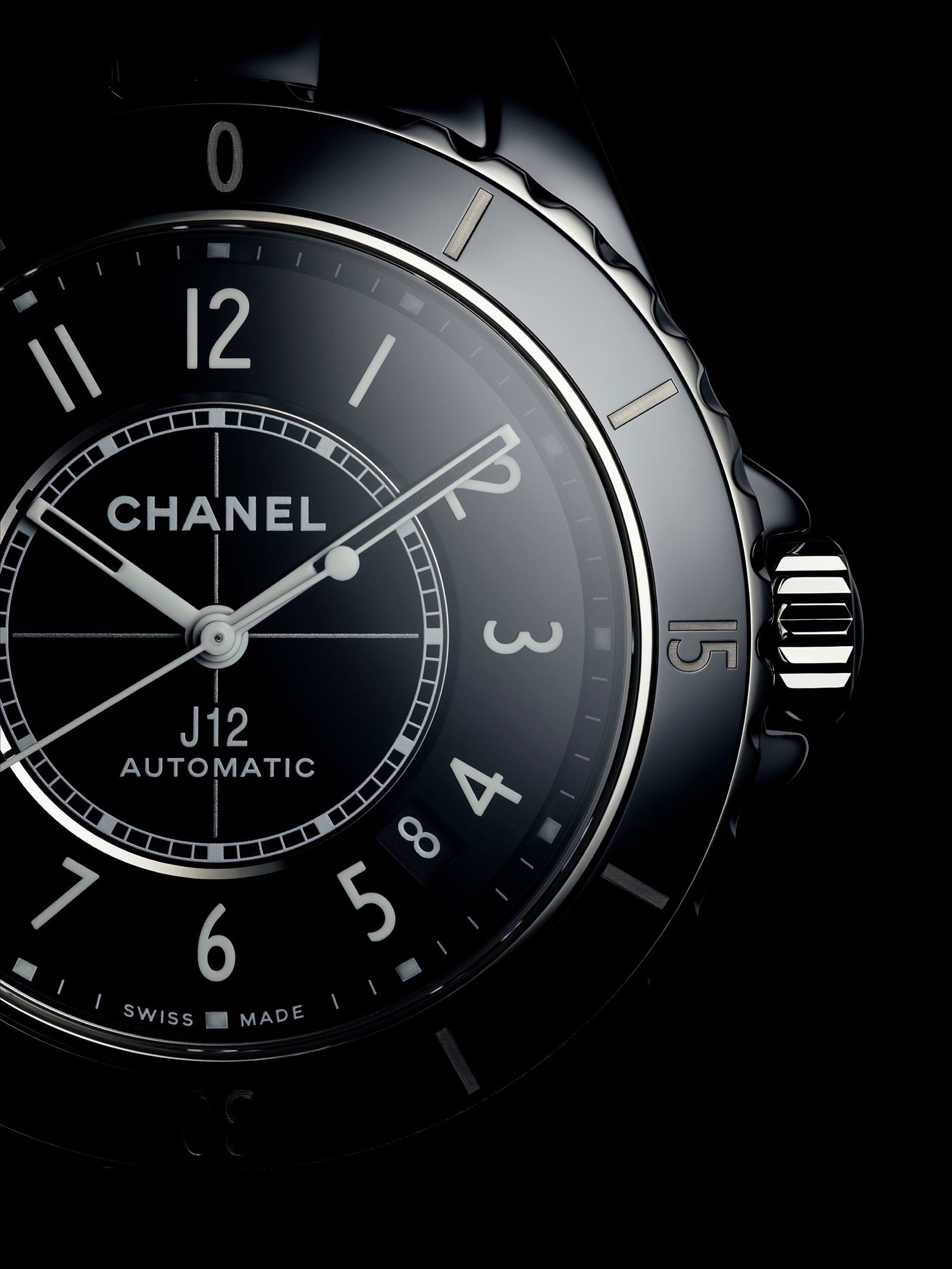
And another thing I wanted to change was the [notched rim of the] bezel. I always found it to be visually dominant as well, so I wanted to have it thinner. At the same time, I increased the number of notches. There were 30 before, and now it is 40.
And the sound [of its rotation] too. The spring inside has changed. When you rotate it now, [the clicks are] softer.
When you’re a designer, you always think about lines and architecture, but sound is equally important. Like in automobile, you don’t see the car, you just hear the lock of the door, and you’ll know if you’re in a luxury car or a cheap car. It’s the same for watches.
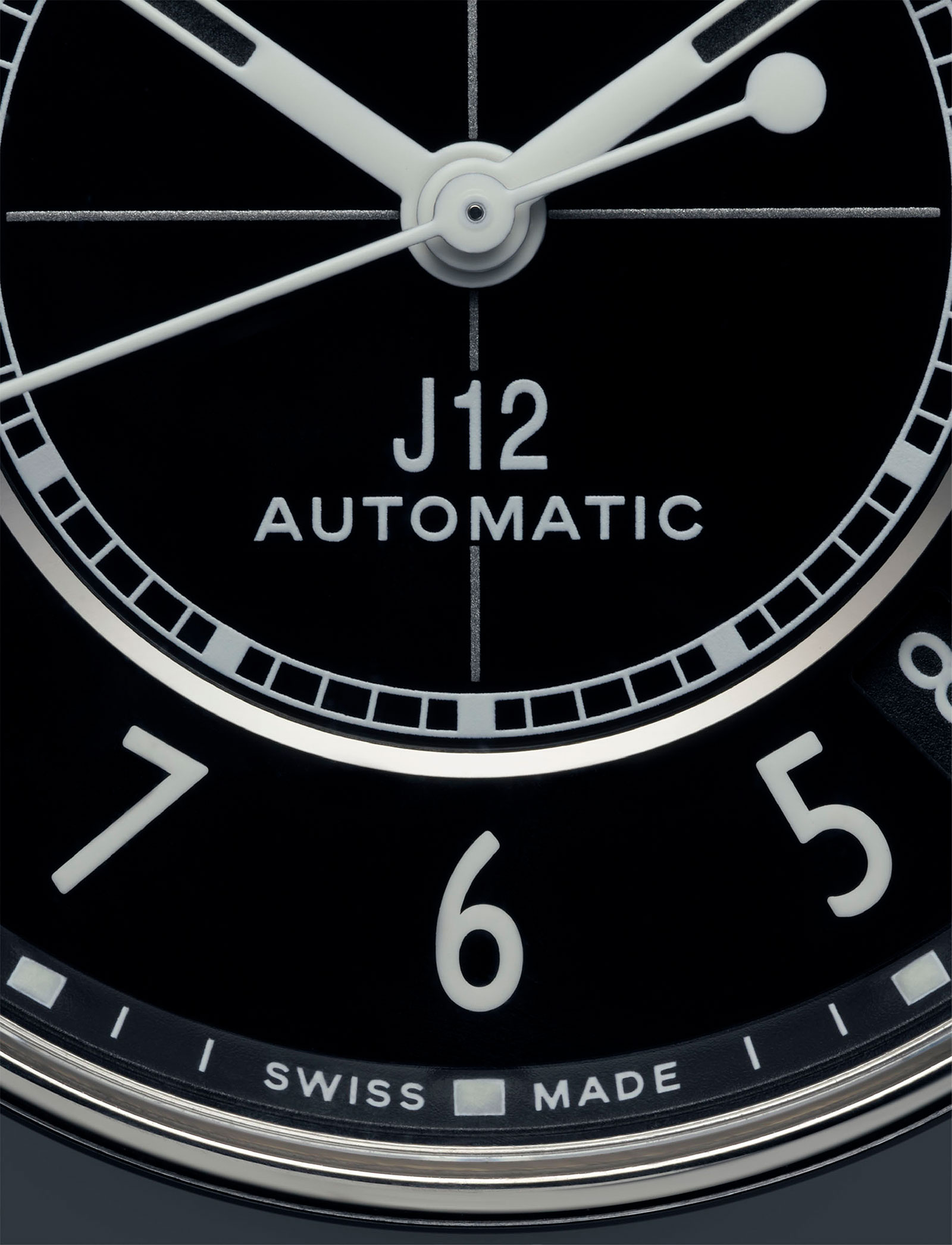
I changed components on the dial too. I reworked the design of all the numbers; I discovered that the lines of the numerals weren’t so perfect when I saw a giant J12 banner in New York City.
So I reworked the lines with our typography designer. And the cherry on top is that the numbers are ceramic. Thanks to the manufacture, we found a solution [via injected ceramic].
The font of “automatic” and “Swiss made” on the dial have also changed. We weren’t sure what font Jacques used at that time, but it was important for me that we have a Chanel font now.
And then the hands. I chose to have the same width between the hour and minute hands. One important point was that when Jacques created the watch in 2000, he wanted the perfect negative between the white and black parts of the hands. But black Super-Luminova didn’t exist at that time. I was happy that we have the perfect negative today.
Back to top.

